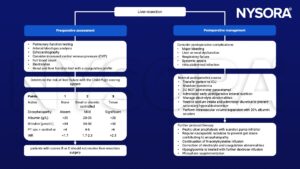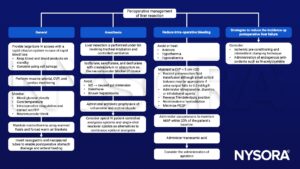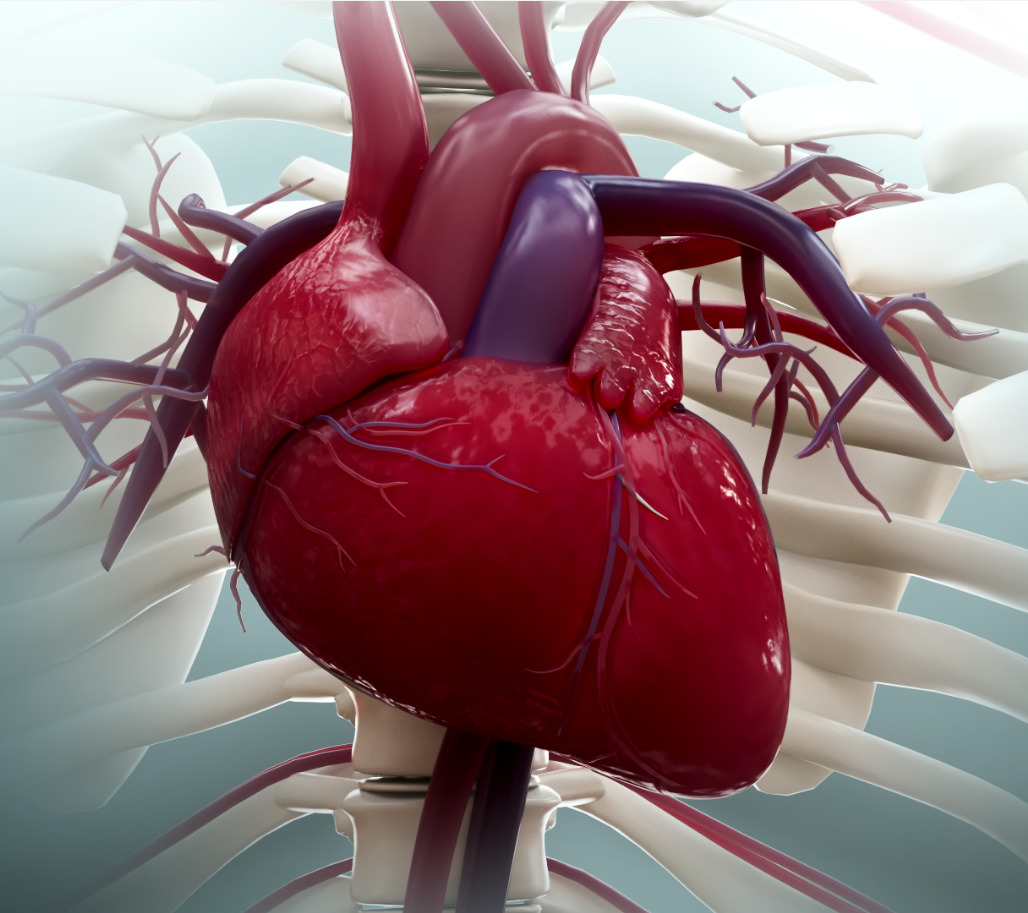Learning objectives
- Definition and types of liver resections
- Anesthetic management of liver resection
Definition and mechanisms
- Hepatectomy or liver resection is a surgical operation to remove part or all of the liver
- Up to two-thirds can be removed as long as the rest of the liver is healthy
- The liver can regenerate functionally active tissue after resection by hyperplasia of the remnant tissue
- Liver is highly vascular and receives 25% of cardiac output, 80% is supplied by the portal vein and 20% by the hepatic artery
- Is the treatment of choice for colorectal hepatic metastases without evidence of more distant disease spread
- Also used in the management of benign and malignant primary hepato-biliary tumors, donation for transplantation, or hepatic trauma
- The most common liver cancers treated by partial hepatectomy include:
- Hepatocellular carcinoma
- Cholangiocarcinoma
- Metastatic colorectal cancer
- Other benign lesions include:
- Gallstones in the intrahepatic ducts
- Adenoma
- Liver cystadenoma or a cyst
Types of liver resections
| Major liver resection | Right or left hepatectomy or lobectomy removes the right or left lobe |
| Minor liver resection | Segmental or wedge resection removes a segment or a part of a segment with a tumor with a margin around it Another minor liver resection is the left lateral sectionectomy, which removes the lateral part (section) of the left lobe |
| Multiple liver resections | Multiple tumors may be resected at the same time |
| Two-stage liver resection | If it is too dangerous to remove all the tumors at once |
Complications
- Infection
- Bleeding
- Bile leakage
- Pleural effusion
- Ascites
- Deep vein thrombosis
- Kidney failure
- Liver failure
Management
- Consider:
- The potential for massive blood loss
- Risk of postoperative liver dysfunction and coagulopathy
- Altered drug metabolism
- Temporary occlusion of blood supply during liver resection (surgical technique to minimize bleeding) –> ↓ CO up to 10%, ↑ LV afterload by 20-30%
- Surgical manipulation may cause transient IVC compression and a decrease in venous return


Suggested reading
- Pollard BJ, Kitchen, G. Handbook of Clinical Anaesthesia. Fourth Edition. CRC Press. 2018. 978-1-4987-6289-2.
- Page AJ, Kooby DA. Perioperative management of hepatic resection. J Gastrointest Oncol. 2012;3(1):19-27.
- Harto A, Mills G. 2009. Anaesthesia for hepatic resection surgery. Continuing Education in Anaesthesia Critical Care & Pain9;1:1-5.
We would love to hear from you. If you should detect any errors, email us customerservice@nysora.com







